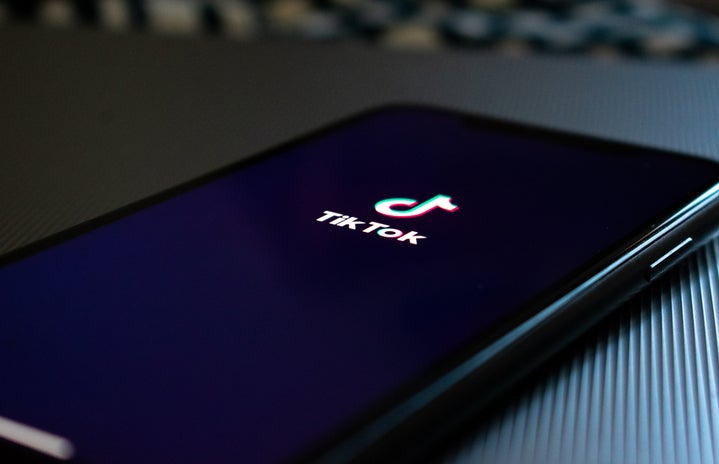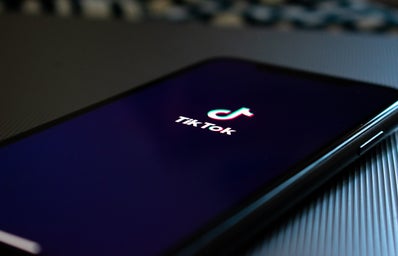Edited by: Malavika Suresh
Double-tap, scroll.
Double-tap, scroll.
Double-tap, scroll.
The rhythm of your reel-scrolling, in the background of yet another person happily dancing to Doja-Cat, suddenly stops.
You come across another reel, of a person happily dancing to a loud Bollywood song, something which automatically seems “cringe”. Almost like a reflex, you instantly check the comments to see if they agree with you on this pronouncement. When there are no such comments to be found, the discomfort settles in your brain as you scroll past it. The ambiguity flails around these binary buckets of cringe and not-cringe.
At this point, it becomes important to question—why was the second one cringe and the first one not? Both featured individuals dancing to music. Was it perhaps the song choice, you ask. Keeping personal music tastes aside, when both reels were virtually the same, how did one get to be labeled “cringe” and not the other? What does it mean to cringe, and could it be informed by our own implicit biases?
As Contrapoints’ Natalie Wynn mentions in her video essay on “Cringe;” cringe enforces the limits of socially acceptable behavior by wounding the ego. We often cringe at ourselves when we find ourselves behaving in ways that don’t align with socially acceptable ways of being or our self-concept. We cringe at other individuals vicariously when they don’t behave in ways that are deemed “socially acceptable”. In this sense, a lot of our ideas of “socially acceptable” and “cringe” behavior become extremely susceptible to being molded by the immediate social environments around us; reflecting the inequalities that persist within them.
With the prevalence of “cringe” content floating around the internet, there also came to the fore an entire subculture dedicated to “cringe compilations”. While it initially started as poking harmless fun at individuals for behaving in exorbitantly socially unaware ways, it has now become a hub of implicitly poking fun at anyone who strays away from the “cookie-cutter” image informed by upper-caste, upper class, able-bodied, cisgender, and heteronormative aesthetics. The joke isn’t that an individual is behaving in ways that are embarrassing, the joke is rather that the individual’s existence itself is deemed to be “embarrassing”. Cringing implies shame, and in these ways, there is an active shaming involved of the people who are included in cringe compilations. Through this, the act of “cringing” becomes violent to marginalized bodies who are placed on display for the viscerality that is this shaming.
Take TikTok cringe compilations for example. A majority of these compilations in India (prior to the ban) focused on individuals who were from semi-rural or rural setups. In a majority of these compilations, while there are individuals behaving in ways that can be considered ‘ridiculous,’ at the same time, there exist bodies that are laughed at or shamed simply because they exist and put themselves out there. In the mirth associated with the ‘cringe’ nature of such content, therefore, lies the harmful assumption that an individual who “looks and acts like that” must/should be ashamed of themselves.
What is all the more surprising, however, is the double standard that comes with ‘cringe’. bodies that do not conform to westernized ideals, for instance, get shamed for the same things that bodies conforming to these ideals get praised for. If you speak with a French accent and speak broken English, you’re seen to be more “sophisticated” whereas if you speak broken English with a heavy Bhojpuri accent, you’re automatically deemed “uncool”. As more and more people on the internet gravitate towards utilizing rural spaces for the “ironic aesthetic” and get praised for it, it becomes important to interrogate this with a question of—which bodies are allowed to do what? Would someone hailing from an actual rural setup be allowed this liberty?
This exercise in questioning, learning, and unlearning is never perfect. However, it is important as individuals who possess privilege to be aware of the ways in which it shrouds us from shaming. The most vicious ways in which it functions is the way in which it makes us blind to how certain bodies are allowed to move more freely in the world than others. Be it dancing, or mere existence. In the binary of cringe and not cringe, we fail to register that who we place within these categorisations are real individuals. Eventually, it isn’t their cringe behaviour that “NEEDS TO BE STOPPED” as cringe compilations call it. It is the bias behind the veil of “cringe” that needs a constant process of unearthing and uprooting.


